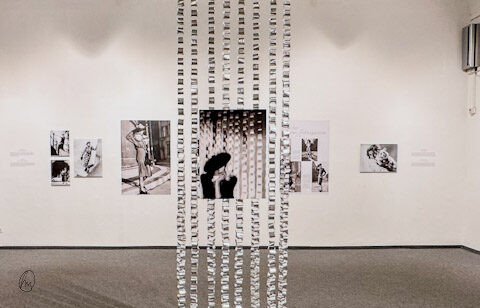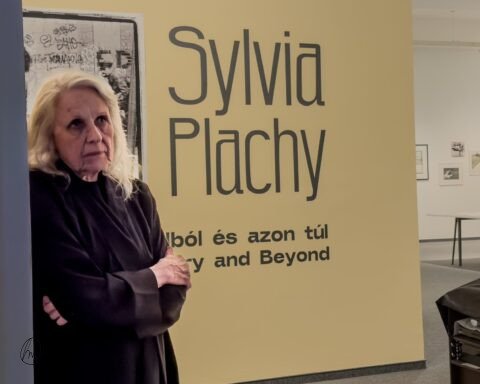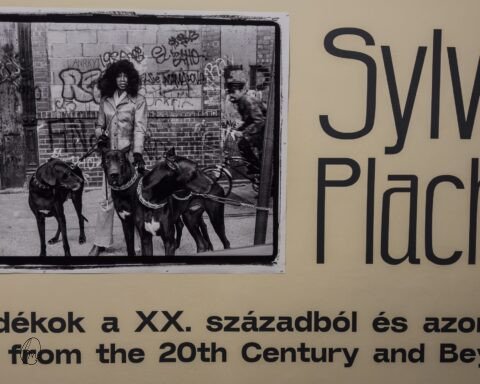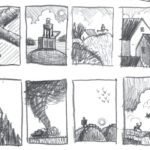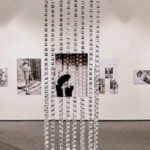The founding of the first photography museum in Hungary is associated with the name of André Kertész. This is the same André Kertész who left behind an immense legacy on the global stage of photography and, in doing so, became a role model for countless photographers. One of his great contemporaries, Henri Cartier-Bresson, spoke of him with great respect:
“We all owe him a great deal.”
His refined, honest style—shadow-light contrast play, shapes in still life, spaces and curves, portraits—continues to inspire new generations to this day. He walked his path with humility. Kertész was among those Hungarians who helped lay the foundations of modern art on a global scale. His contemporaries, including Robert Capa and fellow Hungarian Brassaï, also viewed him as a defining influence.

“The moment always dictates in my work. What I feel, I do. This is the most important thing for me. Everybody can look, but they don’t necessarily see. I never calculate or consider; I see a situation and I know that it’s right, even if I have to go back to get the proper lighting.”
Paris – The Avant-Garde
In 1925, he finally fulfilled one of his greatest dreams: he moved to Paris, where he could thrive as a freelance photographer. The capital city of France—Paris—where the art world and society were more open and receptive to his then-pioneering photography, quickly became his home.
During his years in France, he replaced his ICA camera with a 35mm Leica, allowing him to get closer to his subjects and take even more intimate photographs. These images had a profound and lasting impact on his contemporaries.
His humility towards his craft is best captured in his own words:
“Because I’m forever a beginner who discovers the world again and again.”

After Paris Came New York
André Kertész had to earn New York’s respect—the “Big Apple” didn’t come easily. Despite promising beginnings, he ended up photographing objects like a factory worker on an assembly line. There was a significant gap between the tastes of American editorial offices—favoring technically precise, illustrative images—and Kertész’s human-centered, emotionally resonant, and occasionally abstract work.
Kertész was an observer.
“Technique isn’t important. Technique is in the blood. Events and mood are more important than good light, and the happening is what is important.”
At one point, Life magazine labeled his photos “too suggestive.” The prevailing public taste at the time didn’t quite know what to do with his photography.
Yet over time, he became one of the most highly respected photographers in the United States, with his work appearing in major publications like Harper’s Bazaar and House & Garden. In the meantime, between assignments, he carried his Leica camera everywhere, keeping alive the spirit of that André Kertész who took first place at the 4th Venice Photography Biennale. For context: that award is equivalent to the Palme d’Or at the Cannes Film Festival.
Soon after that, the world’s most prestigious museums lined up to exhibit his photographs—and America, too, finally bowed in recognition.
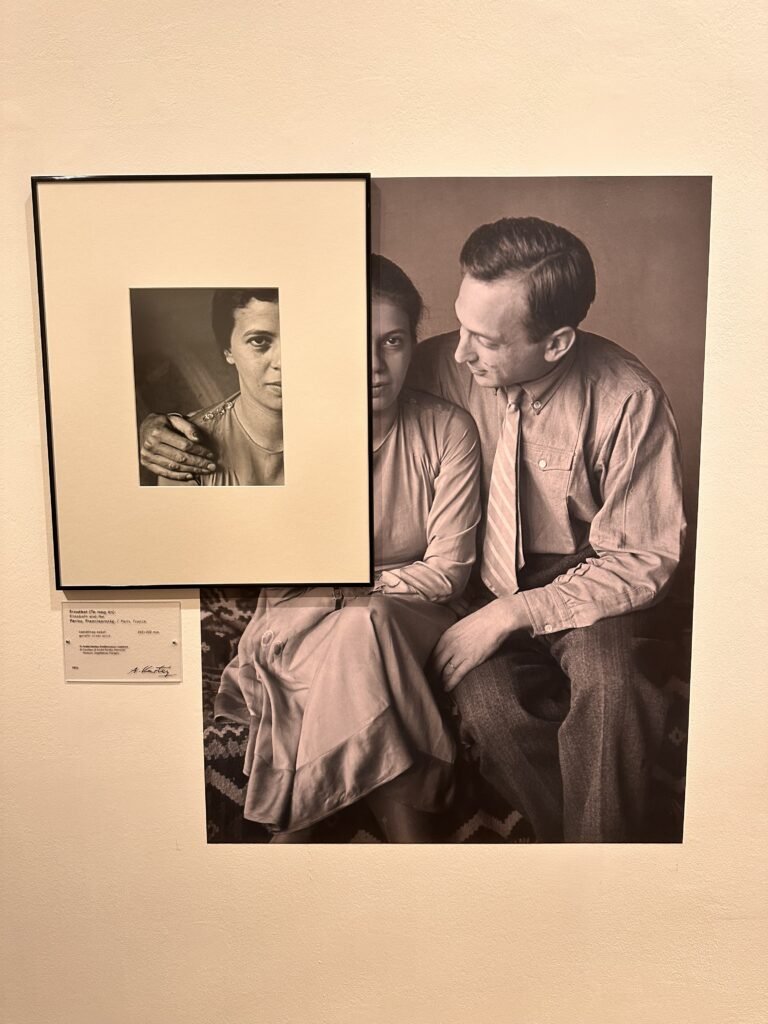
“Everything they value about my life comes from Hungary.”
However, this article does not aim to present the full life and legacy of André Kertész—since capturing all that in a single piece would be barbaric. This “intro” is here to help you feel the depth of the photographer whose work you now have the chance to explore at the Robert Capa Center.
André Kertész – The Sentimentalist
A selection of photographs donated to Szigetbecse
The exhibition showcases around 50 uniquely beautiful photographs tied to Szigetbecse and spanning Kertész’s entire career. He spent a significant part of his youth in this village and remained deeply emotionally connected to it for the rest of his life.
This was that very village that, in the early 1980s, opened Hungary’s first photography museum, dedicated to André Kertész. Unfortunately, he never got to witness the exhibition of the 120 personally selected and signed photographs he had donated for the museum’s 1985 opening — he passed away that same year, on September 28, in his New York home.
But here’s the good news for you: at the Robert Capa Contemporary Photography Center, you can get to know this exceptional photographer not only through his photos but also through his personal belongings. If you make the time, you’ll experience a deeply personal — and long-overdue — exhibition.
During the opening speeches, Orsolya Kőrösi, director of the Robert Capa Contemporary Photography Center, repeatedly emphasized the invaluable work the village of Szigetbecse continues to do in preserving Kertész’s legacy.
And you’re in luck: Szigetbecse has loaned the works to the institution until the end of the year, so the exhibition remains open until December 31.
Photos are original Heti Mocsok stuff

